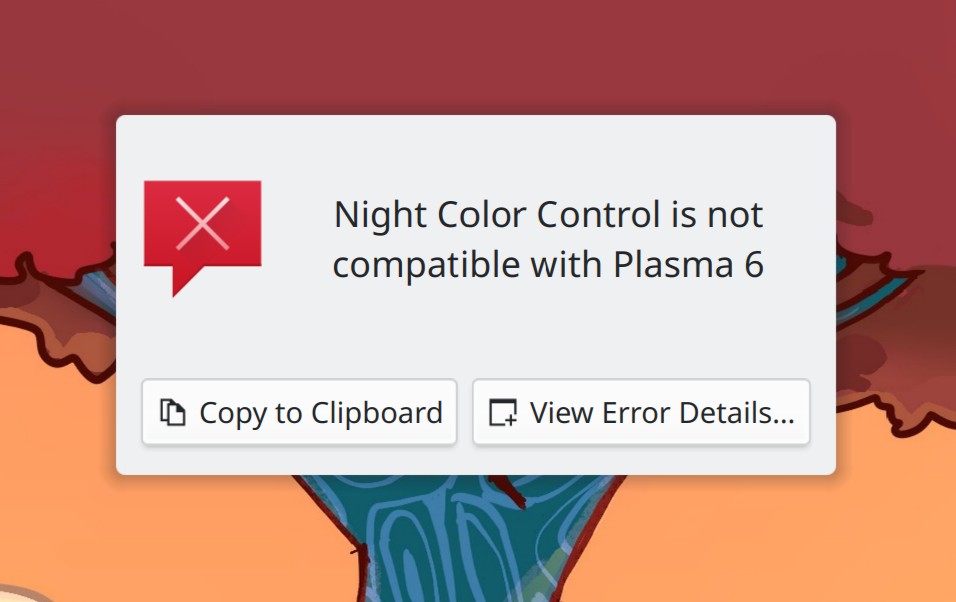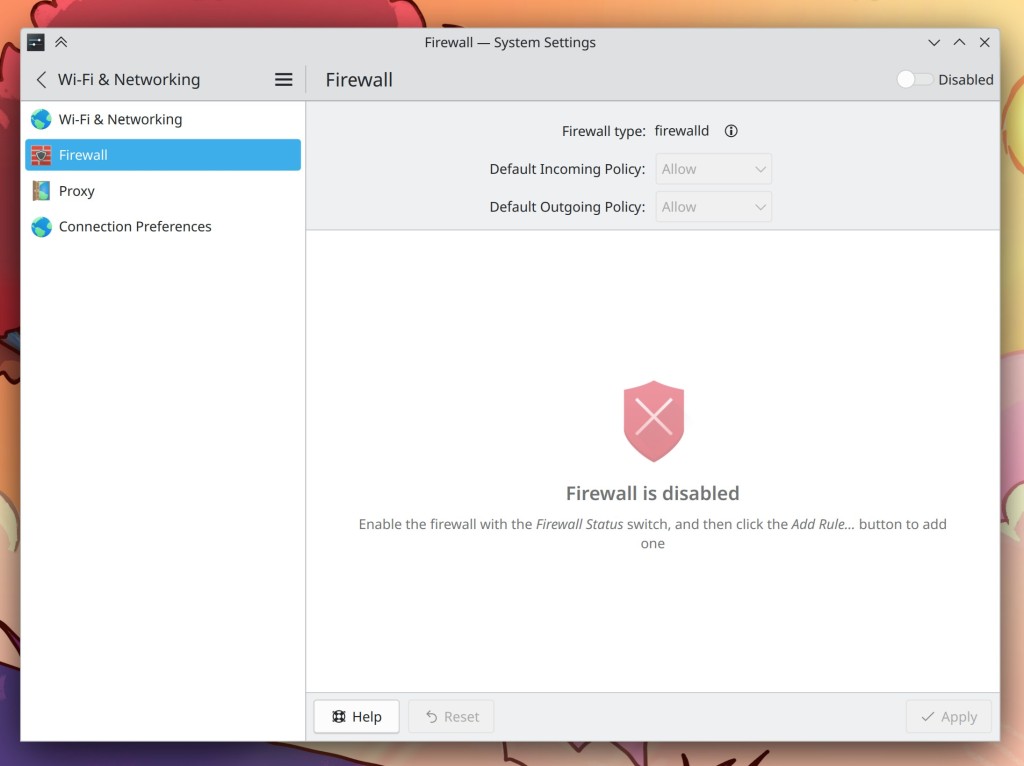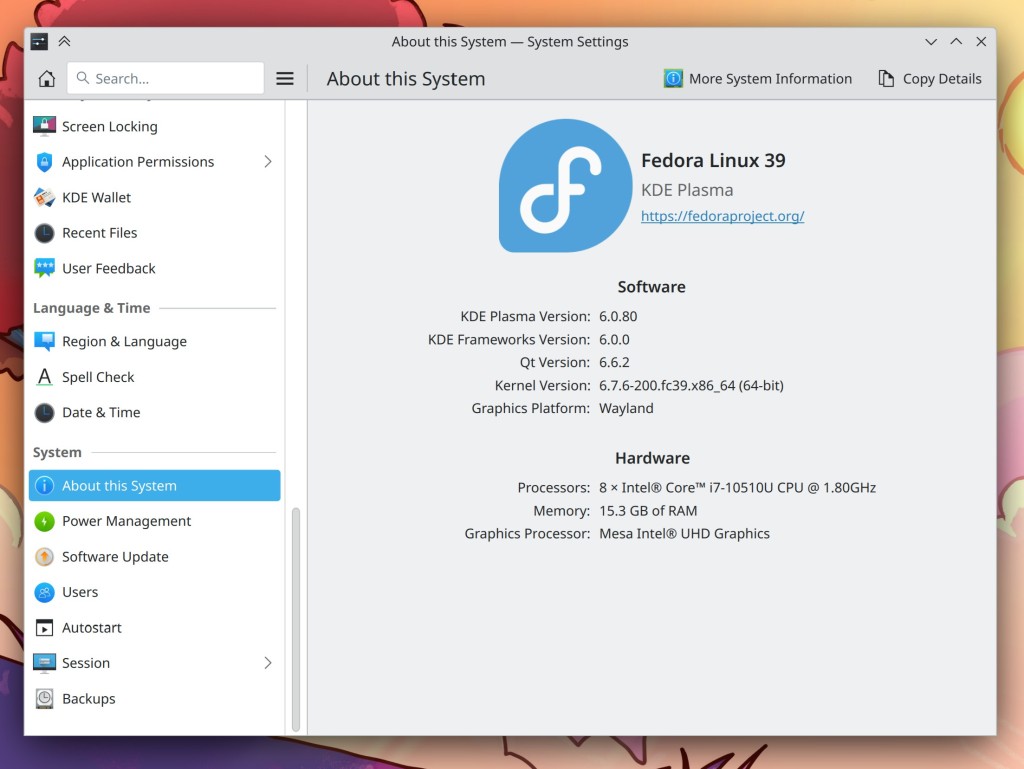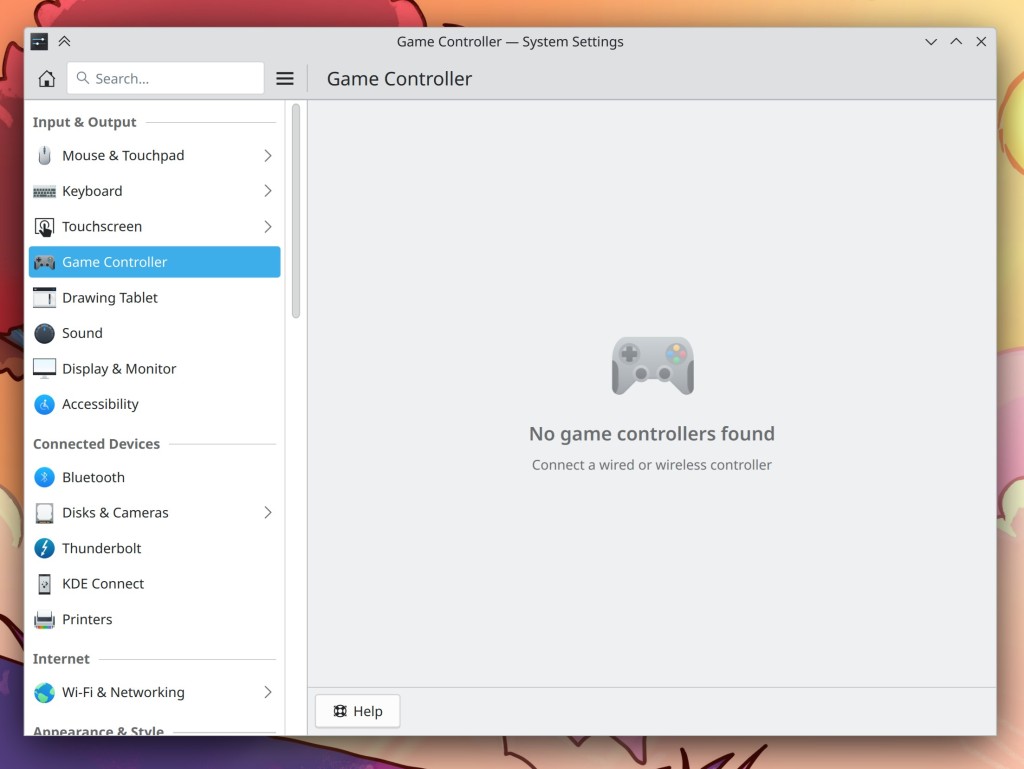The bug-fixing continued this week with the aim of getting Plasma 6.0.3 into a great state. Already the big bugs you folks found have almost all been fixed, and this week a lot of time was spent on some X11 regressions and various crashes that our new automatic crash reporting system was able to find (thanks for submitting those! It really does help). A number of automated tests were also added, and finally some nice UI improvements to round things out. More exciting work is in progress too, but not quite ready to mention here!
New Features
Ark can now open and un-archive self-extracting .exe archive files (Kai Uwe Broulik, Ark 24.05. Link)
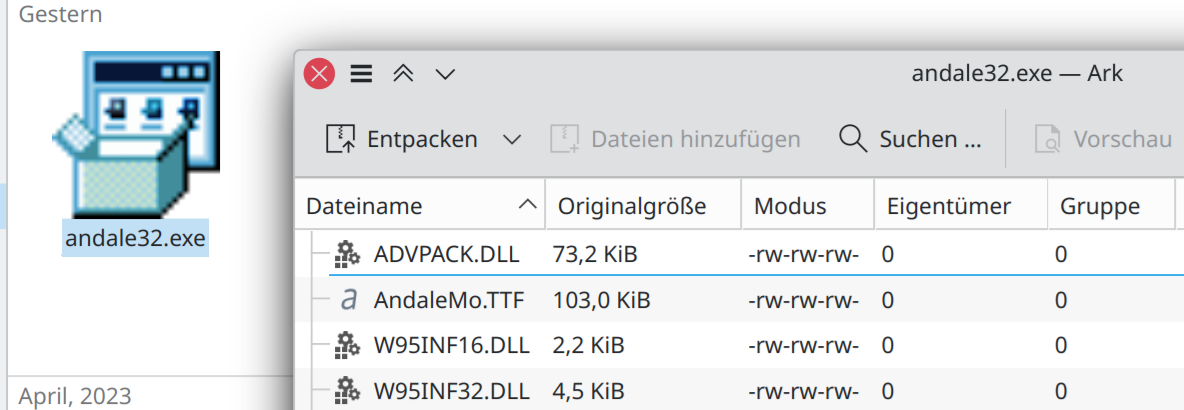
System Monitor’s “bar chart” style can now be shown horizontally, not just vertically (Jin Liu, Plasma 6.1. Link)
UI Improvements
Did you know then you can middle-click a file in Dolphin to open it with the first app in the “Open with some other app” sub-menu? I bet you didn’t! I didn’t either. Well, now the menu item for that app indicates this, you can find out! (Kai Uwe Broulik, Dolphin 24.05. Link):

Made the floating panel’s float/de-float animation smoother when using a scale factor, both when using a scale factor above 100%, and also just in general (Fushan Wen, Plasma 6.0.3. Link 1 and link 2)
While you’re in Plasma’s global Edit Mode, you can now click anywhere on a panel to show that panel’s own configuration dialog, rather than having to aim for a tiny little icons-only “configure” button that appears at the end of the panel (Marco Martin, Plasma 6.1. Link):

Entries on System Settings’ Autostart page are now sorted alphabetically, rather than by the order in which they were added (Kristen McWilliam, Plasma 6.1. Link)
Mentioned on System Settings’ Mouse and Touchpad pages that using the middle-click emulation settings will increase click latency by 50ms, so you can make a more informed decision about whether or not to use them (Wladimir Leuschner, Plasma 6.1. Link)
Screen chooser OSD icons now respect the current accent color (Nicolas Fella, Frameworks 6.1. Link):

Bug Fixes
Fixed a recent regression that caused Gwenview to crash when trying to play videos (Nicolas Fella, Gwenview 24.02.2. Link)
Fixed an issue in Okular that caused it to crash when closing a note annotation while spell checking was enabled (Albert Astals Cid, Okular 24.02.2. Link)
Installing a font on Wayland now actually works, rather than crashing System Settings (Nicolas Fella, Plasma 5.27.12. Link)
Fixed a fairly common way that you could get System Settings to crash by applying a new window decoration theme (Nicolas Fella, Plasma 6.0.3. Link)
Plasma no longer crashes when certain music videos are played in Spotify (Fushan Wen, Plasma 6.0.3. Link)
Fixed a recent regression in System Monitor that caused it to crash when discarding changes after editing a page (Arjen Hiemstra, Plasma 6.0.3. Link)
Fixed a strange issue that could cause certain XWayland windows to continuously resize themselves when using certain fractional scale factors (Yifan Zhu, Plasma 6.0.3. Link)
Relaxed KWin’s requirement on Wayland that XWayland windows can only put content on the clipboard when they have keyboard focus, as this was not a requirement on X11 and enforcing it was breaking some XWayland-using apps (David Edmundson, Plasma 6.0.3. Link)
Fixed a recent Fitts’-Law-compliance regression in Qt on X11 that could cause panel widgets to not activate when clicking on pixels right against a screen edge (Fushan Wen, Plasma 6.0.3. or Qt 6.6.3, Link 1 and link 2)
Fixed a recent regression that caused the network speed shown in the Networks widget to always appear as something crazily high (Kai Uwe Broulik, Plasma 6.0.3. Link)
Fixed a recent regression on multi-monitor setups that caused Task Manager widgets to display tasks from the wrong screen and notifications on X11 to appear in the center of one of the screens, rather than the correct position (Fushan Wen, Plasma 6.0.3. Link 1 and link 2)
Fixed a recent porting regression in System Monitor that had made it possible to drag pages up when re-ordering, but not down (Arjen Hiemstra, Plasma 6.0.3. Link)
Fixed a recent regression in the colors of the tiles in System Monitor widgets using the Color Grid visualization (Arjen Hiemstra, Plasma 6.0.3. Link)
Improved the robustness of the code that migrates custom global shortcuts from the old KHotKeys service to the new KGlobalAccel service (Nicolas Fella, Plasma 6.0.3. Link)
Fixed an issue with cursor-based camera control in some games on Wayland (Xaver Hugl, Plasma 6.0.3. Link)
The sub-pixel previews on System Settings’ Fonts page now display properly on Wayland (Du Yijie, Plasma 6.0.3. Link)
The Global menu’s compact button form now disables itself when the current app doesn’t have any global menus, rather than disappearing and causing your panel’s contents to bounce around (me: Nate Graham, Plasma 6.0.3. Link)
Fixed a recent regression causing “Total” sensors in System Monitor and its widgets to not work properly (Arjen Hiemstra, Plasma 6.1. Link)
A bunch of random Breeze icons that can appear in the System Tray which weren’t changing color properly when using non-default color schemes now do change color properly (Nicolas Fella, Frameworks 6.1. Link 1 and link 2)
Fixed a source of mysterious random pointless “Unknown Open Collaboration Service API error.(0)” messages when browsing for content in the “Get New [thing]” dialogs (Albert Astals Cid, Frameworks 6.1. Link)
Fixed a recent Qt regression in System Monitor that caused it to crash when attempting to open the details sidebar on the Applications page (Nicolas Fella, Qt 6.6.3. Link)
Other bug information of note:
- 3 Very high priority Plasma bugs (same as last week). Current list of bugs
- 34 15-minute Plasma bugs (down from 36 last week). Current list of bugs
- 149 KDE bugs of all kinds fixed over last week. Full list of bugs
Performance & Technical
Kup’s Plasma widget has been fully ported to Plasma 6, so it should start working again with the next Kup release (Simon Persson, link)
Global shortcuts for volume control are now handled by a KDED module rather than the last-active instance of the Audio Volume widget, which was fragile and caused the shortcuts to break if there was no such widget, or if you had two and deleted one and didn’t restart Plasma immediately (Bharadwaj Raju, Plasma 6.1. Link)
Automation & Systematization
Wrote a tutorial for creating KWin effects, and moved it to develop.kde.org (Vlad Zahorodnii and Carl Schwan, link)
Moved the “getting started with KDE development” documentation/tutorial to develop.kde.org, which is a better home for it (Thiago Sueto, link)
Added a whole bunch of tests in KWin to ensure that X11 windows behave properly (Vlad Zahorodnii, link)
Added a test to make sure that KRunner’s main UI works (Fushan Wen, link)
Added a test to make sure the screen locking shortcut works (Kristen McWilliam, link)
…And Everything Else
This blog only covers the tip of the iceberg! If you’re hungry for more, check out https://planet.kde.org, where you can find more news from other KDE contributors.
How You Can Help
Please help with bug triage! The Bugzilla volumes are still high right now and help is appreciated. If you’re interested, read this.
Otherwise, visit https://community.kde.org/Get_Involved to discover other ways to be part of a project that really matters. Each contributor makes a huge difference in KDE; you are not a number or a cog in a machine! You don’t have to already be a programmer, either. I wasn’t when I got started. Try it, you’ll like it! We don’t bite!
As a final reminder, 99.9% of KDE runs on labor that KDE e.V. didn’t pay for. If you’d like to help change that, consider donating today!





